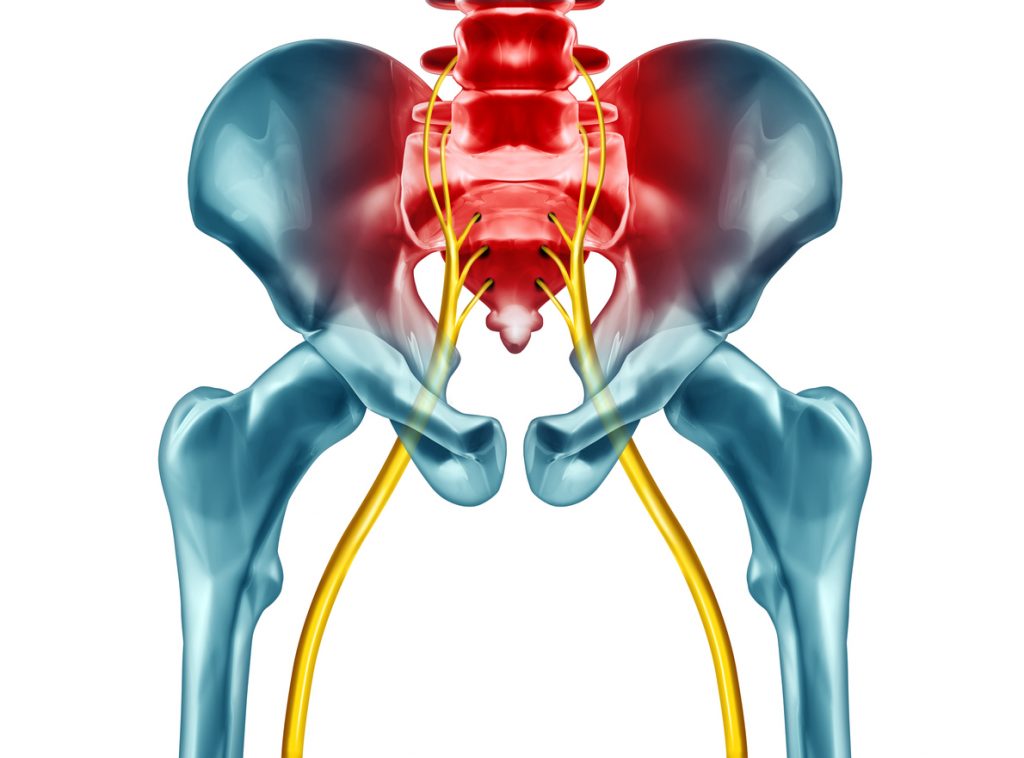Sciatica is a painful condition that occurs when the sciatic nerve becomes irritated or compressed. Sciatic pain can start in the low back and buttocks and travel down the leg to the foot. Usually only one leg is affected. The pain can range from mild to severe and has been described as feeling sharp, burning, throbbing, pulsating, or shooting. It may cause muscle weakness in the affected leg. There may be numbness in the leg or a tingling sensation in the foot and toes. Certain positions or activities may make the pain worse.
What causes sciatic pain?

Sciatic pain is usually due to a pinched or compressed nerve in the lumbar spine. This can be the result of a herniated disc protruding into the spinal canal and pressing on the sciatic nerve. A bone spur or tumor can also compress the nerve. Spinal stenosis, or a narrowing of the spinal canal, can also cause sciatic pain. Other contributing factors include spinal injury, improper lifting, arthritis in the spine, and obesity.
Sleep problems
People suffering from sciatica often find sleeping to be uncomfortable or nearly impossible. This prevents them from getting the quality sleep their body needs. They may need to try different sleep positions to find one that works for them.
Best sleep positions for sciatica
- On the back – Research shows that many people find relief from pain when sleeping on their back. This can relieve pressure on the low back and sciatic nerve. For best results, elevate the knees by placing one or more pillows beneath them. Make sure the neck is also supported with a pillow.
- On the side – Some people prefer to sleep on their side to relieve pressure on the back. It’s more comfortable to lie on the pain-free side with the sciatic side on the top. The knees should be bent with a pillow placed between them to support the spine and pelvis. If there is a gap between the waist and the mattress, place a small pillow there. A pillow may be needed for arm support as well.
Worst sleep position for sciatica

Sleeping on the stomach is not recommended when experiencing sciatic pain. This position flattens the spine’s natural curvature and tends to add unnecessary strain to the muscles and joints. It may also cause neck strain.
Other helpful sleeping tips for sciatica
- Try sleeping on a medium firm mattress, which better supports the back, hips, shoulders, and knees. Soft mattresses allow the body to sink into them, causing the spine to be out of alignment. Placing a piece of plywood between the mattress and box spring can help a soft mattress feel firmer.
- Try using a body pillow to prevent rolling from the side to the stomach while sleeping. Smaller pillows can help support other body parts.
- Light stretching exercises before bed help loosen muscles and reduce pressure on the sciatic nerve.
- A warm bath before bedtime relaxes muscles and helps reduce pain.
Sometimes sciatica resolves on its own, but many cases need treatment. If you suffer from sciatic pain, contact the physicians at Atlanta Brain and Spine Care. Our doctors are experienced in the diagnosis and treatment of sciatic nerve pain.


